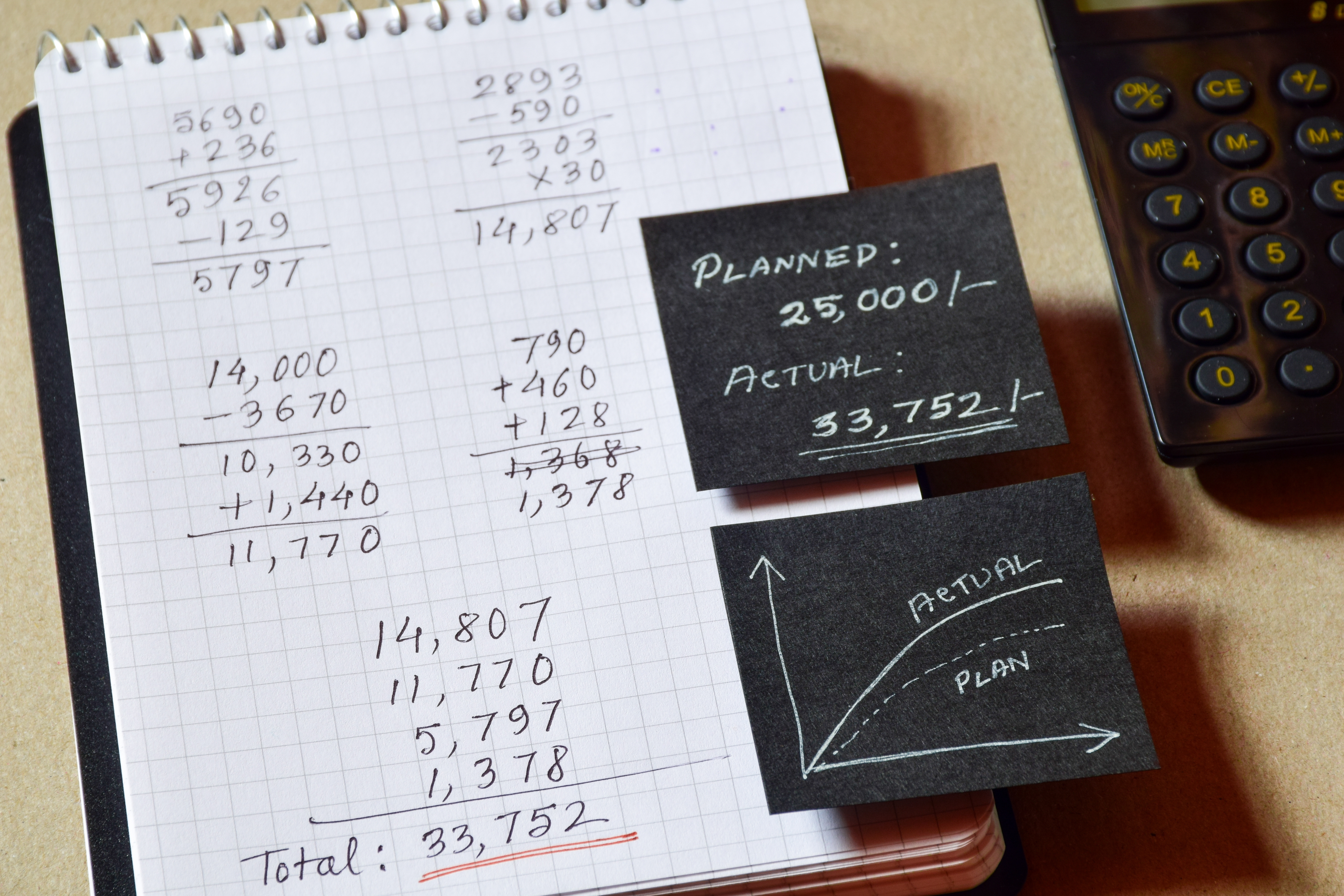Introduction
This comprehensive guide helps construction professionals and homeowners master material quantity estimation for building projects. Learn essential techniques for accurate material calculations, from blueprint analysis to final verification. Discover practical tips for cost control, waste reduction, and efficient project planning. The guide covers crucial aspects including calculation formulas, logistics planning, storage solutions, and common challenges in material estimation. Perfect for construction managers, contractors, and DIY enthusiasts, this resource provides actionable insights for successful project material planning. Whether managing a large construction project or planning a home renovation, learn how to estimate materials accurately while maintaining budget control and minimizing waste.
Material quantity estimation is a critical component of successful construction project management. Accurate estimation ensures cost control, prevents delays, and maintains project quality. This comprehensive guide provides systematic approaches to material estimation for construction professionals and project managers.
1. The Importance of Accurate Estimation

Proper material estimation isn't just about organizing supplies - it's crucial for project success and can mean the difference between a well-executed build and a compromised one.
Critical Impacts:
• Budget Management: Inaccurate estimates can lead to cost overruns of 15-30%, potentially derailing your entire project.
• Construction Quality: Running short of materials mid-project often leads to compromised quality through rushed replacements or substitutions.
• Project Timeline: Material shortages can cause delays of weeks or months, especially with specialized items.
• Safety Considerations: Using incorrect quantities of structural materials like steel or concrete can compromise building integrity.
• Financial Planning: Overestimating ties up capital unnecessarily, while underestimating can force expensive last-minute purchases.
Risk Prevention:
• Prevents emergency material purchases at premium prices.
• Avoids construction delays and associated labour costs.
• Ensures consistent quality throughout the project.
• Maintains proper safety standards in structural elements.
• Allows for effective cash flow management.
2. Core Principles

a) Project Analysis
Thorough understanding of project specifications, including detailed blueprint analysis and technical requirements verification. Special attention should be paid to dimensional accuracy and specification details.
b) Measurement Precision
Implementation of rigorous measurement protocols with multiple verification points. Accuracy at this stage prevents cascading errors throughout the project.
c) Material Specifications
Understanding material variations, standards, and quality requirements for each component. Consider regional availability and manufacturer specifications.
d) Contingency Planning
Implementation of appropriate buffer margins (typically 5-10%) based on:
• Project complexity
• Material characteristics
• Site conditions
• Seasonal factors
3. Systematic Estimation Process

Step 1: Blueprint Analysis
• Conduct comprehensive plan review and documentation
• Identify material specifications and placement requirements
• Segment the project into manageable components with clear scope definitions
Step 2: Material Categorization
• Structural Components:
o Foundation materials (cement, steel, aggregates)
o Primary structural elements
o Supporting components
• Finishing Materials:
o Surface treatments
o Interior finishes
o Exterior materials
• Auxiliary Materials:
o Fasteners and connectors
o Sealants and adhesives
o Installation components
Step 3: Calculation Methodology
• Concrete Requirements:
o Volume calculation: Length × Width × Height
o Reinforcement specifications
o Additional factors for wastage and overlapping
• Surface Treatments:
o Area calculation: Total surface area + overlap allowance
o Coverage rates per unit
o Multiple coat requirements where applicable
• Unit-Based Materials:
o Wall area calculations for brick/block requirements
o Adjustment factors for mortar joints
o Wastage allowance for cuts and breakage
Step 4: Market Analysis
• Current market rates assessment
• Supplier capability verification
• Lead time considerations
• Bulk purchase opportunities evaluation
Step 5: Logistics Considerations
• Transportation cost analysis
• Storage requirement planning
• Material handling protocols
• Weather protection measures
Step 6: Quality Verification
• Cross-reference calculations with industry standards
• Implementation of verification protocols
• Utilization of computational tools for complex calculations
4. Technical Tools and Resources

Professional Software Solutions
• AutoCAD for precise dimensional analysis
• Microsoft Excel for systematic data management and calculations
• Specialized estimation software (PlanSwift, STACK) for comprehensive project management
Calculation Tools
• Material quantity calculators
• Area and volume computation tools
• Waste factor calculators
5. Common Challenges and Mitigation Strategies

Design Ambiguities
Implement detailed design review sessions and documentation protocols
Market Volatility
Establish price contingencies and maintain supplier alternatives
Communication Gaps
Develop structured communication protocols and regular review meetings
Supply Chain Management
Create robust supplier networks and implement inventory management systems
6. Best Practices for Estimation Excellence

1. Early Planning Integration
a. Incorporate estimation in initial project phases
b. Establish clear documentation procedures
2. Professional Consultation
a. Engage relevant technical experts
b. Maintain collaborative relationships with suppliers
3. Experience Documentation
a. Maintain detailed records of previous projects
b. Analyze success factors and areas for improvement
4. Adaptable Planning
a. Regular estimate revisions based on project progress
b. Integration of change management protocols
5. Sustainable Practices
a. Implementation of eco-friendly material alternatives
b. Waste reduction strategies
7. Wrapping it all up

Material quantity estimation requires a systematic approach combining technical expertise, careful planning, and strategic implementation. Success depends on:
• Precise mathematical calculations
• Thorough understanding of construction materials and methods
• Implementation of appropriate safety factors
• Regular monitoring and adjustment of estimates
Key Takeaways
• Accurate estimation forms the foundation of successful project execution
• Systematic approaches yield more reliable results than approximations
• Technology integration enhances accuracy and efficiency
• Regular review and adjustment ensure estimate relevancy
• Documentation supports continuous improvement
Looking Forward
• The field of material estimation continues to evolve with:
• Advanced technological solutions
• Improved sustainability practices
• Enhanced calculation methodologies
• Integrated project management approaches
Remember: Successful material quantity estimation combines methodical planning, precise calculations, and strategic implementation. This foundation supports both project success and cost-effective construction practices.
Related articles
Share this article on:
Sign up for the newsletter
If you want relevant updates occasionally, sign up for the private newsletter. Your email is never shared.

















